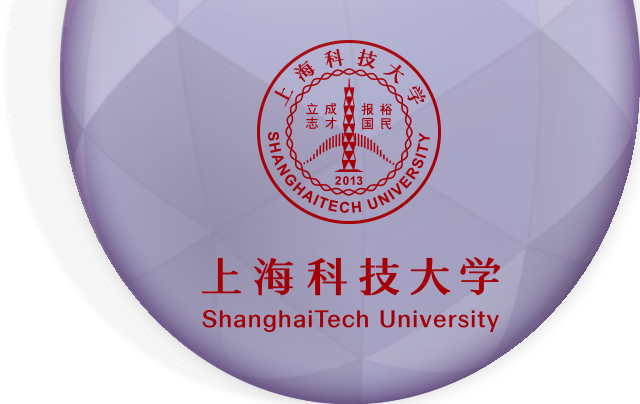ShanghaiTech SEM Working Paper No. 2021-010
Wenhao Wu
ShanghaiTech University
Bohan Ye
RCOB, Univeristy of Southern Indiana
We experimentally investigate a classic question, whether competition stimulates information revelation, by comparing two Bayesian persuasion models. One model has one sender (Kamenica and Gentzkow, 2011) and the other has two competing senders who reveal information sequentially and publicly (Wu, 2020). The first treatment provides strong support for Kamenica and Gentzkow (2011), where the sender uses a noisy signaling device and the receiver complies with his suggestions. In the second treatment, we find that: (1) senders reveal more information in total than the sender in the first treatment; (2) the first sender reduces the use of the noisy signaling device as compared to the sender in the first treatment; (3) the second sender exhibits a “matching” behavior pattern; (4) the receiver can make use of information from both sides and she receives higher payoffs than in the first treatment. However, our experiment also documents deviations from the theory. Competition does not improve information revelation to the extent of full information. To rationalize the behavior, we use the Quantal Response Equilibrium model to explain the features of the empirical results in our experiment.
Date Written: September, 2021
Available at SSRN: https://ssrn.com/abstract=3926191
Download this paper: ![]() 【No. 2021-010】Competition in Persuasion An Experiment.pdf
【No. 2021-010】Competition in Persuasion An Experiment.pdf




